In 2018 Nevada voters passed an initiative that the 2019 Legislature also passed, mandating that 50% of the State’s electricity requirements be provided by renewable resources by 2030. However, little information has been provided about how this mandate will impact the electric system.
Renewable resources in Nevada are produced by geothermal, hydroelectric, wind, and solar power plants. There are many benefits associated with renewables, but also a lot of basic misconceptions, and there is some potential for future problems associated with large concentrations of some types of renewable resources. It is believed that basic explanations would go a long way in educating the public on this important topic. Hopefully, this article will describe how the typical electric system works, and some of the potential issues with integrating renewable resources into the transmission grid.
The U.S. electric power system is the largest and most complex machine ever created by man. The transmission grid in the US is interconnected by AC and DC transmission lines, so, theoretically, a power plant in Schenectady, New York could supply power to Fallon, Nevada (this feat would not likely be economical or practical).
There are about 160,000 miles of high voltage transmission lines, 10,000 large generating plants, 3,300 interconnected electric utilities, and 65 Balancing Authorities in the US. Each Balancing Authority may oversee many utilities and their task is to ensure that there is a balance between generation produced and load served in the time leading up to and including real-time operation. There are also 11 Reliability Coordinator regions that oversee the operation of the system in real-time to help ensure that frequency is maintained and that large electric system blackouts do not occur. Each State also has regulatory agencies that coordinate and cooperate with utilities to perform long-term load and generation forecasts and work with other entities in the long-term planning process. The Western Electricity Coordinating Council, electric utilities, and State agencies also work together to ensure that national reliability standards are adhered to and that new transmission and generation projects are constructed as needed and in a timely manner in the western US.
Transmission grid operators must monitor the balance of generation and load, second by second, to prevent blackouts and unexpected loss of load in the electric system. Monitoring the system frequency is a way to measure this balance. In the US, the system frequency is 60 Hz and is normally maintained within a small bandwidth of that value. The frequency is critical to maintain the stability of the power grid. System operators must balance the generation and load in their own area along with imports/exports with other areas to maintain the frequency. If utility operators fail to balance the load and generation exactly the system frequency will rise or drop. The frequency will rise if there is too much generation and drop if there is not enough generation. If the load and generation is not balanced for a long period of time, your electric wall clock may have to be reset.
There are national standards for maintaining the frequency and penalties are applied so that electric utilities are encouraged to keep this balance in real-time and not lean on the resources of other utilities. System operators collaborate very well with other areas to balance the frequency as perfectly as possible. If a balancing area has a period of low frequency due to low generating levels, they will typically over-generate during the next period to compensate for this (thus keeping electric wall clocks accurate).
Excessive high or low-frequency events can occur when transmission system contingencies occur. Contingencies can include the loss of critical transmission lines, transformers, or generation. Large deviations in frequency can damage equipment and/or result in tripping other critical transmission equipment which could potentially cascade into a system-wide blackout. A blackout is a very rare and severe event and should be avoided at all costs. Utility system operators, Balancing Authority operators, and Reliability Coordinators all monitor the system simultaneously and communicate constantly to ensure that the lights will remain on.
Part 2 looks at the process to balance the generation and load in real-time.
Don DeBerry graduated from CCHS in 1979 and has worked as an electrical engineer in the electric power industry for over 30 years. He now works from home in Fallon. He is concerned about the amount of misinformation about renewable generation and often receives questions from friends about energy deregulation.

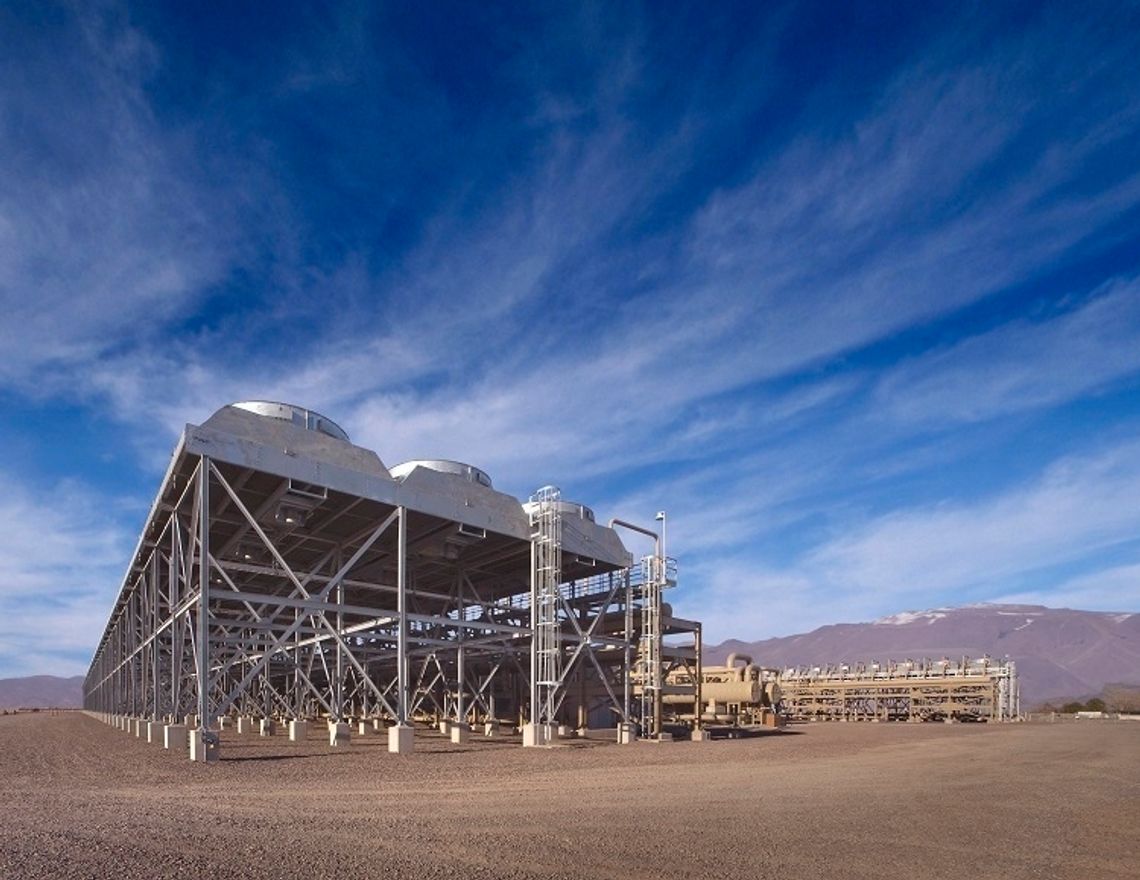
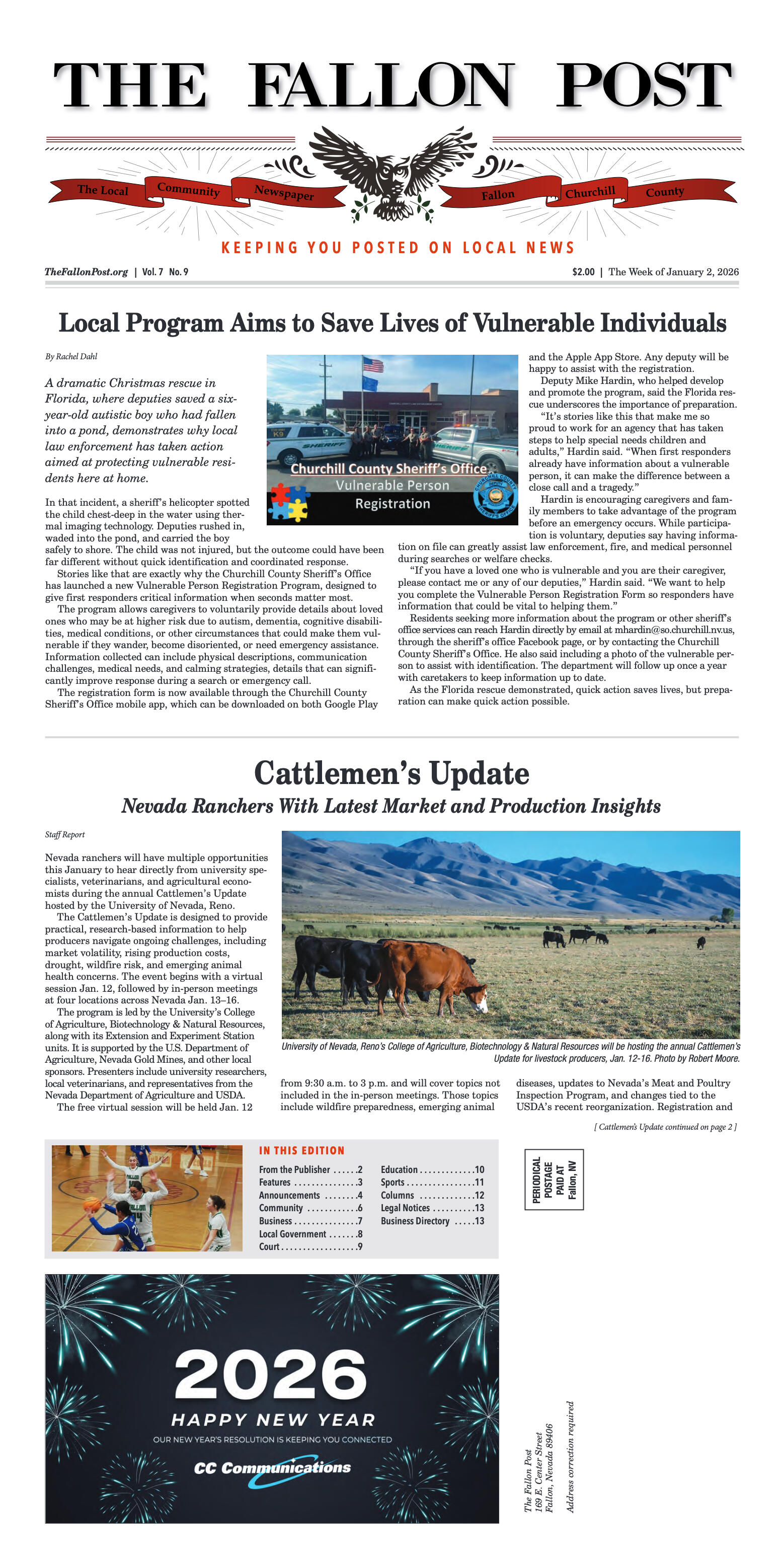
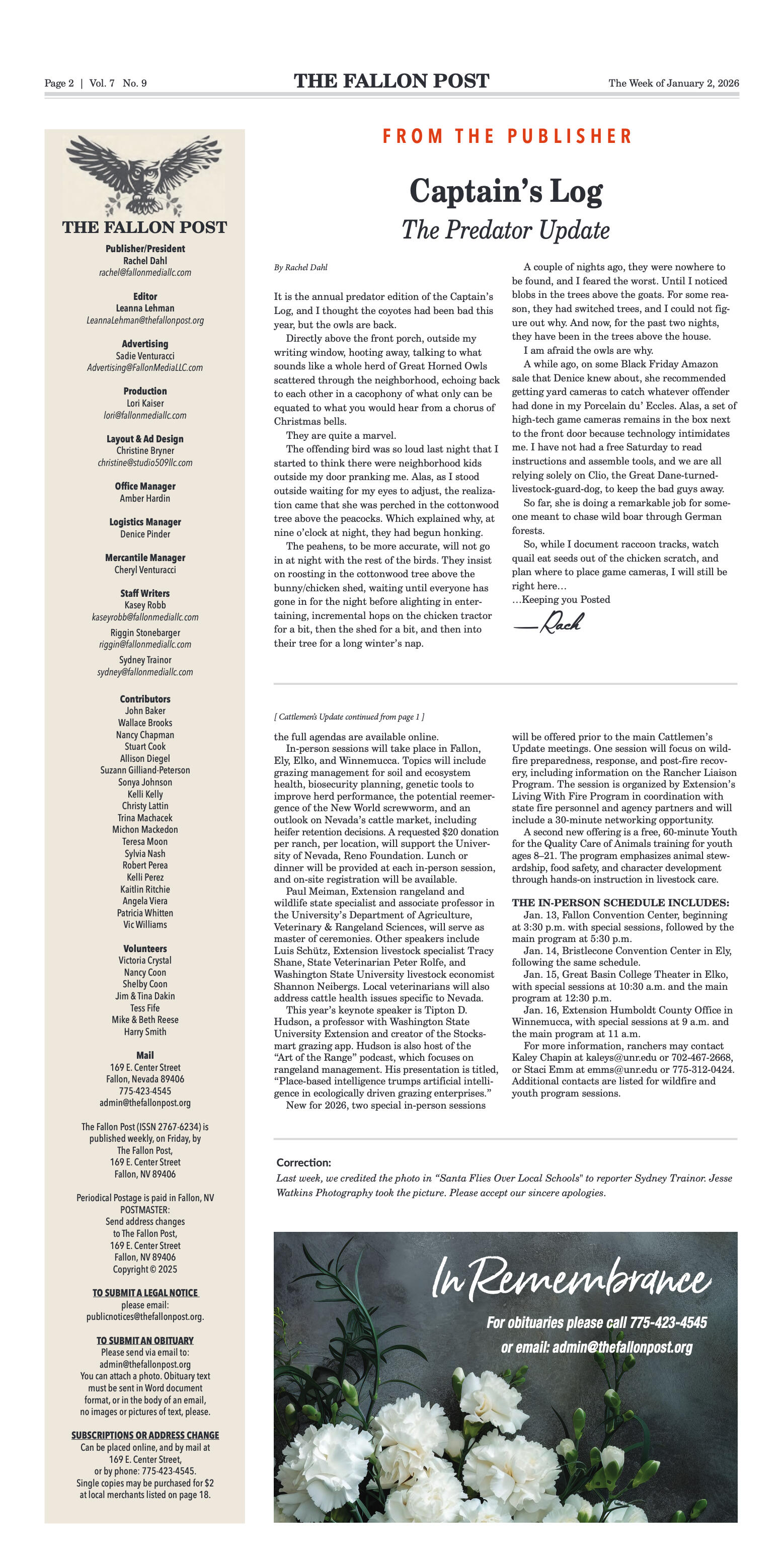
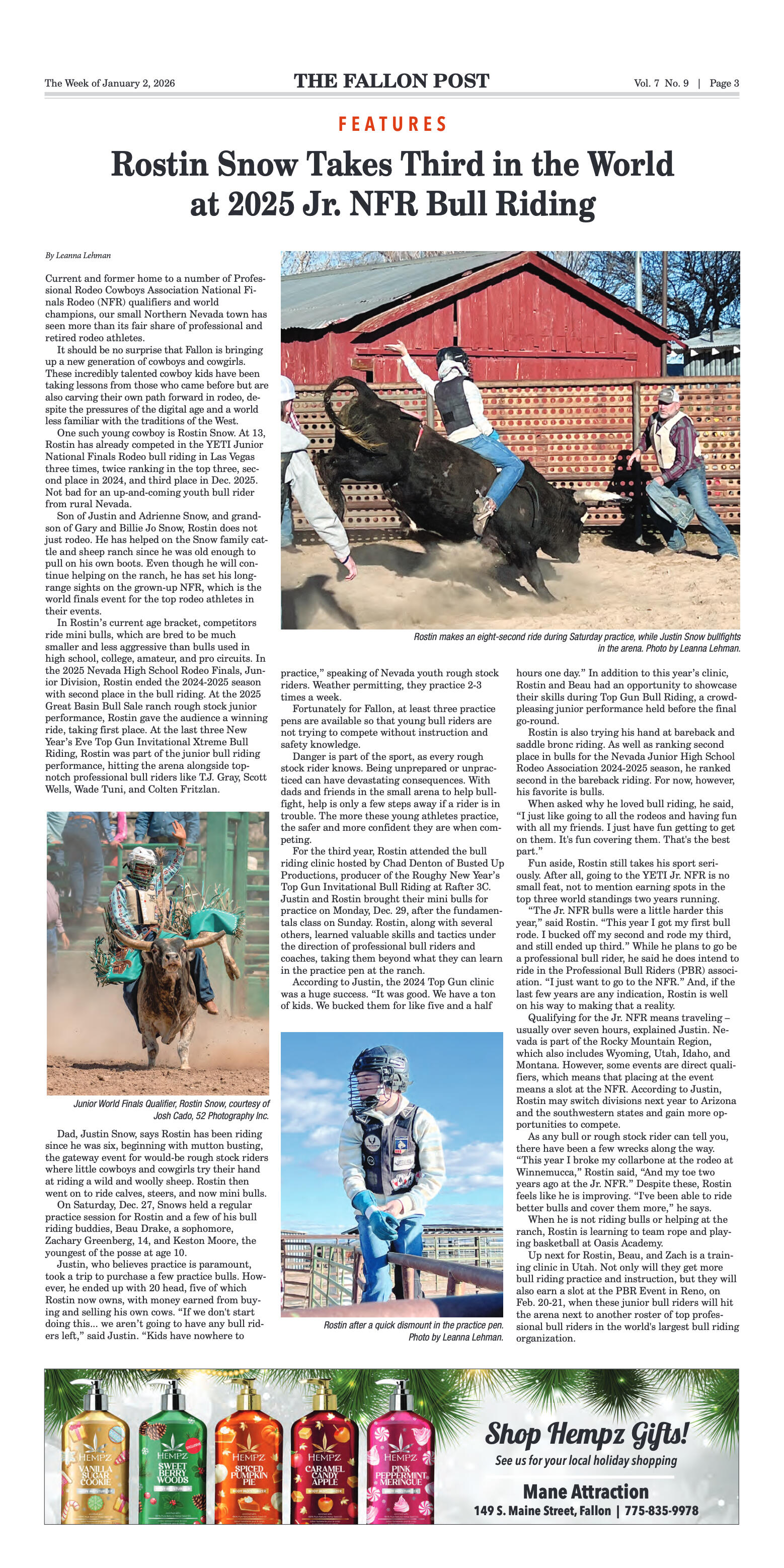


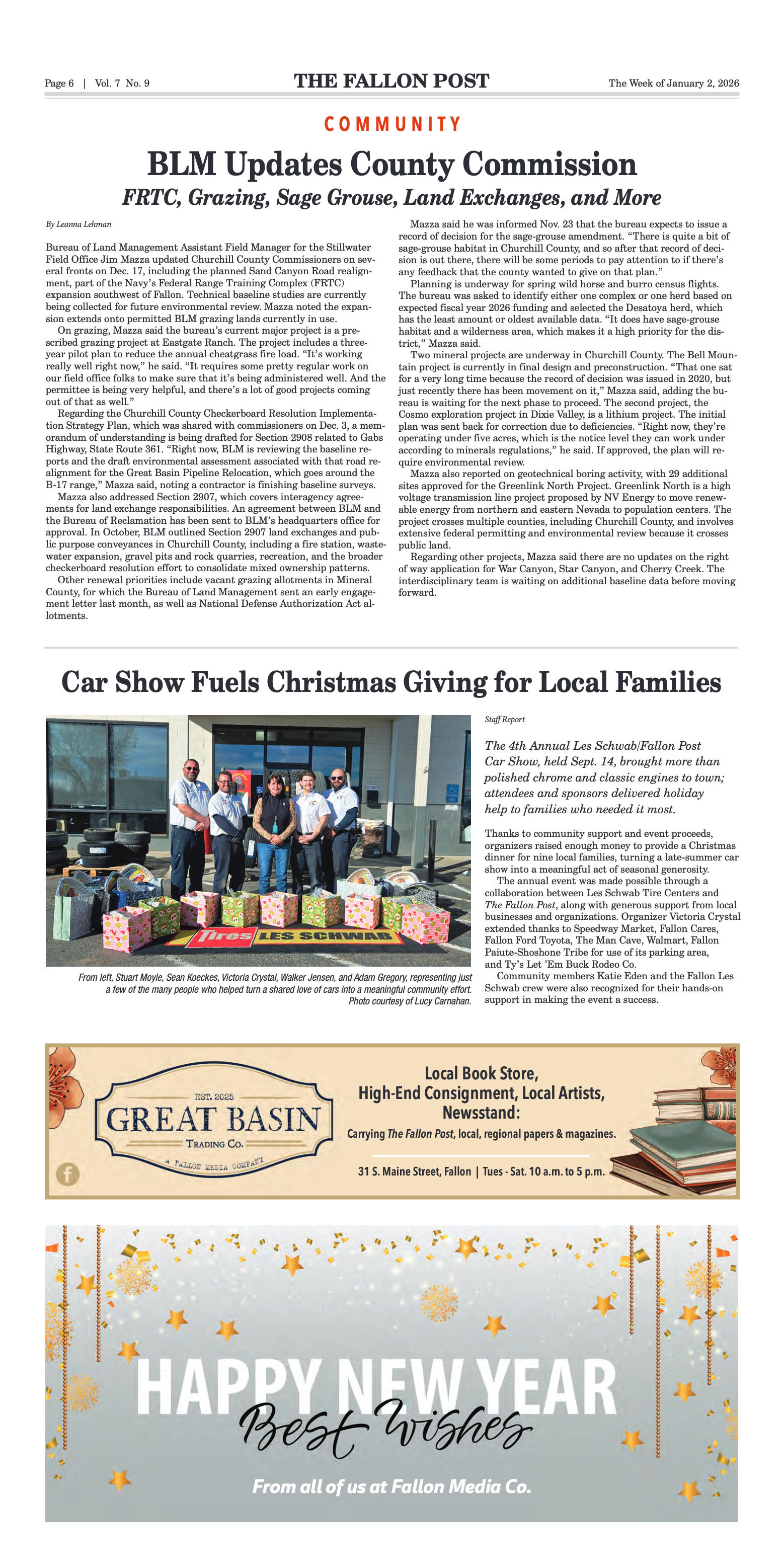
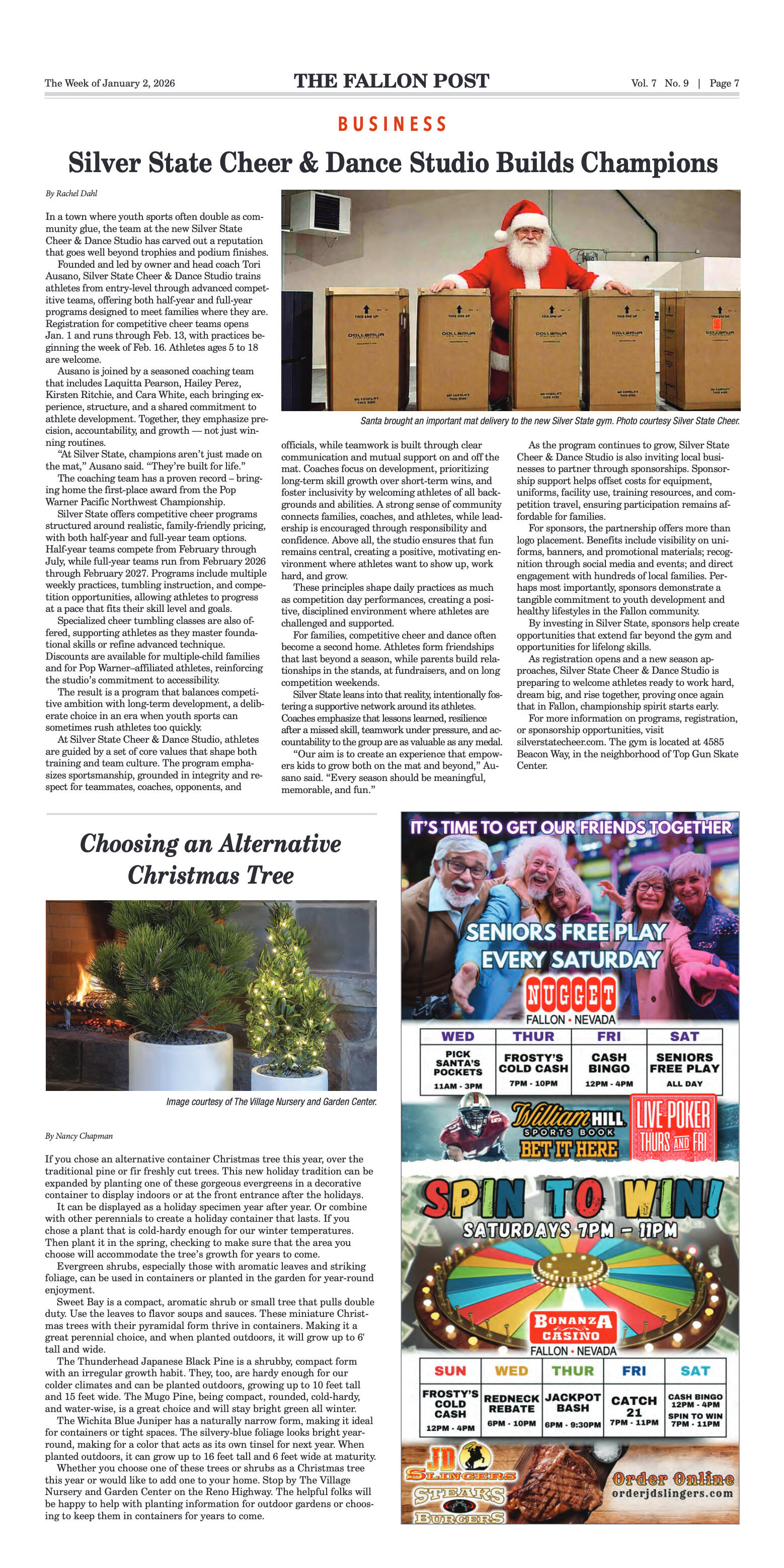
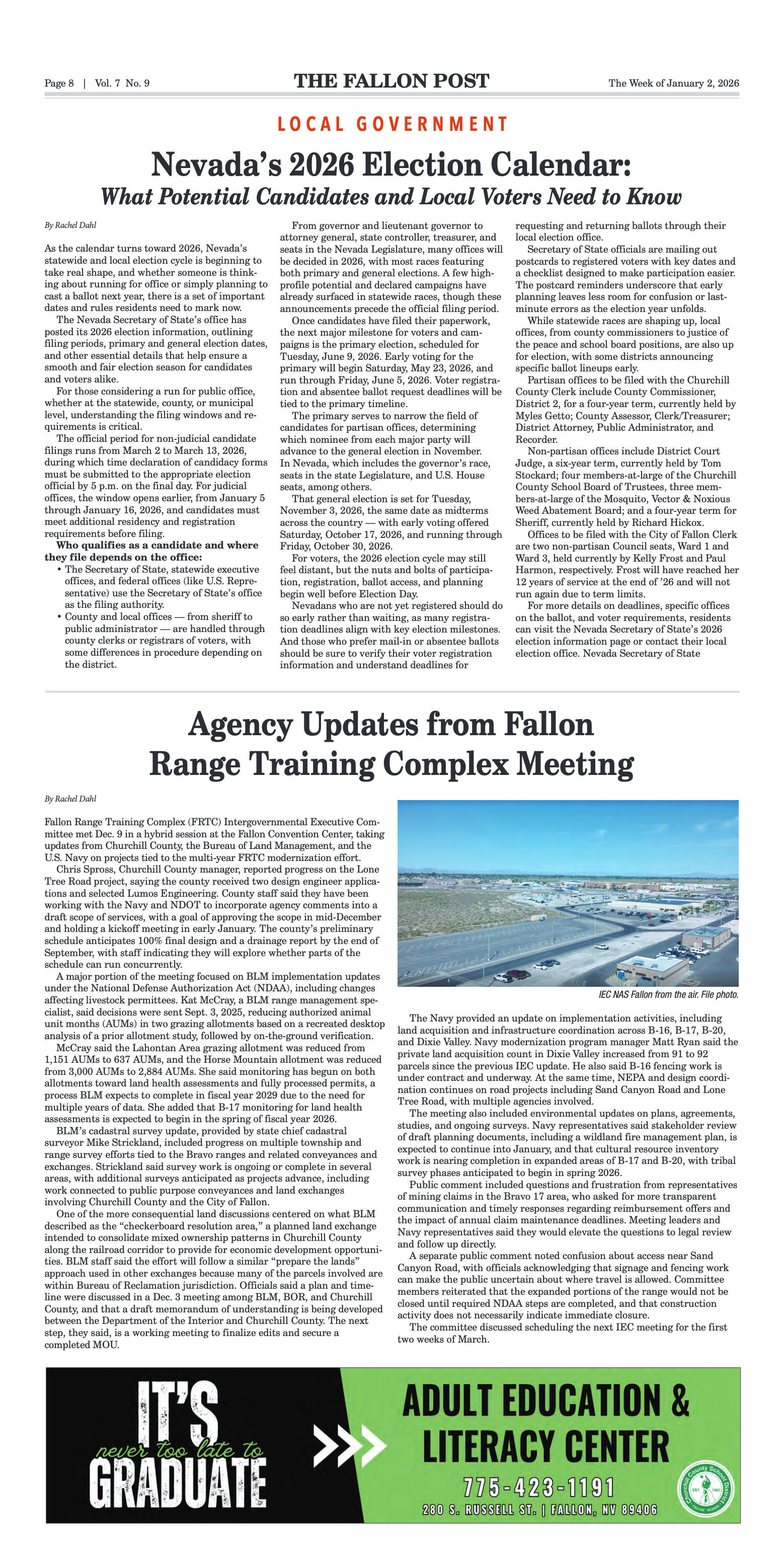

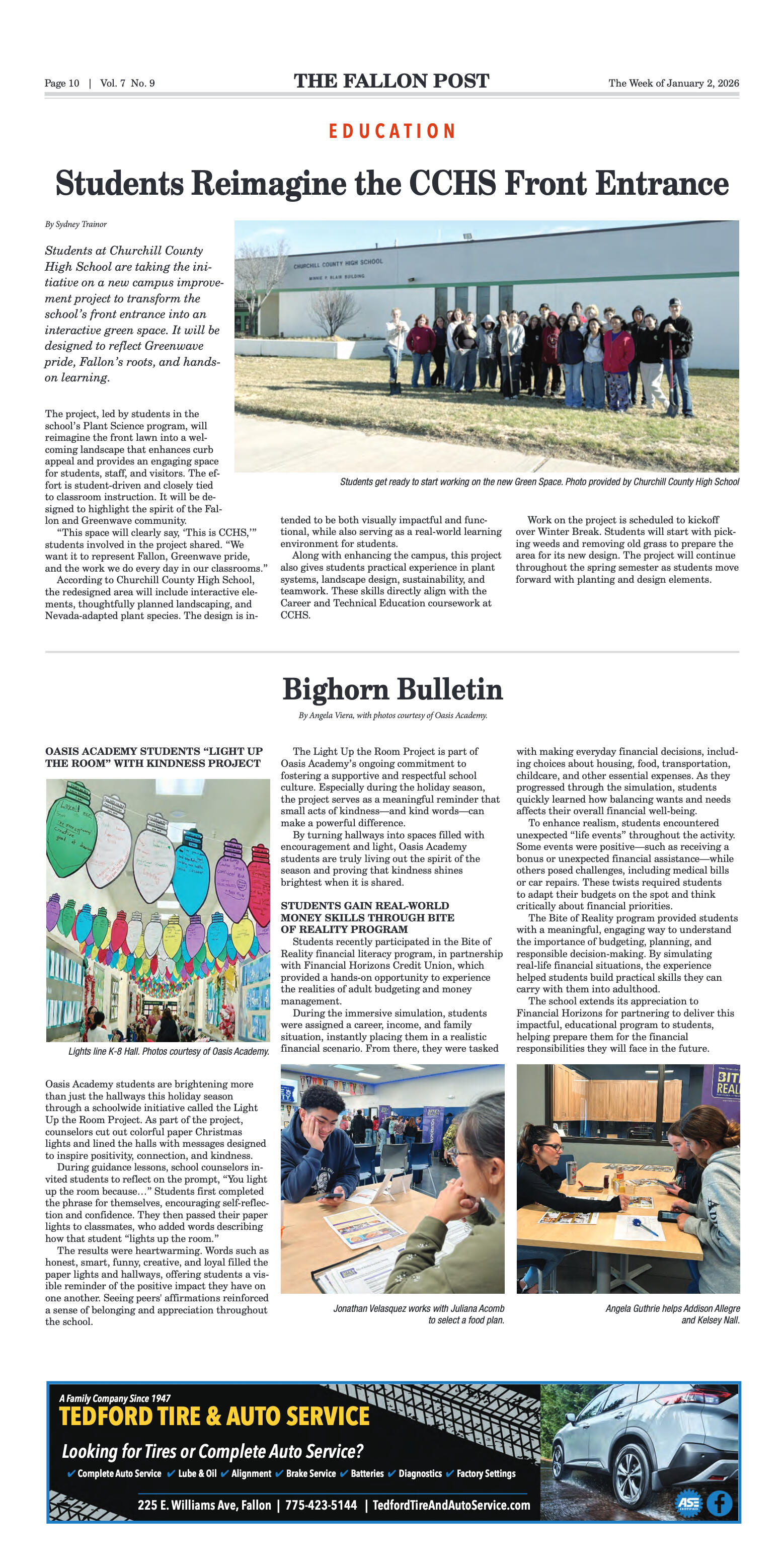






















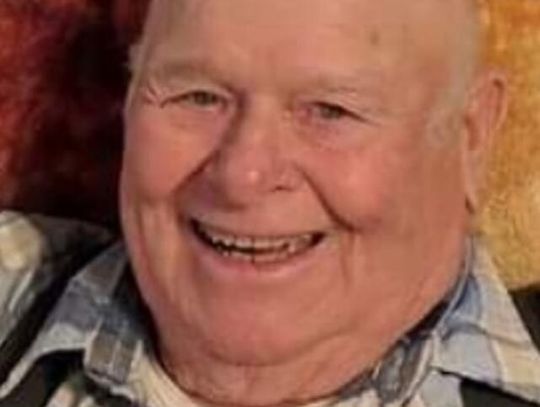

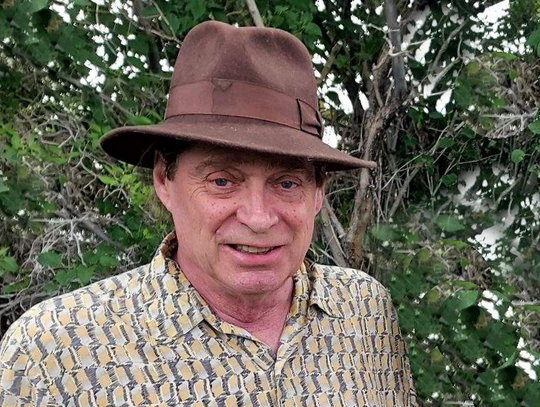



Comment
Comments